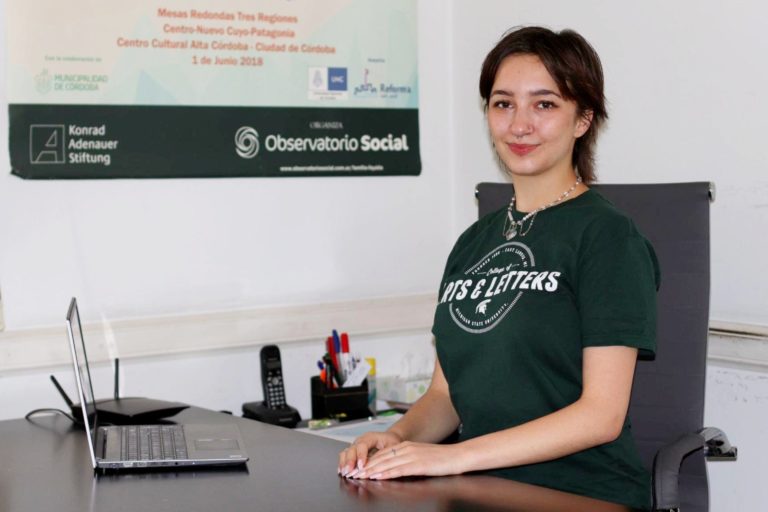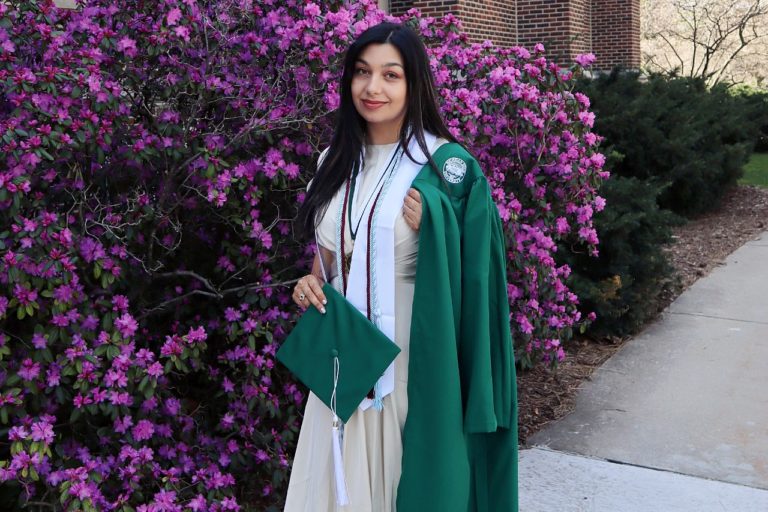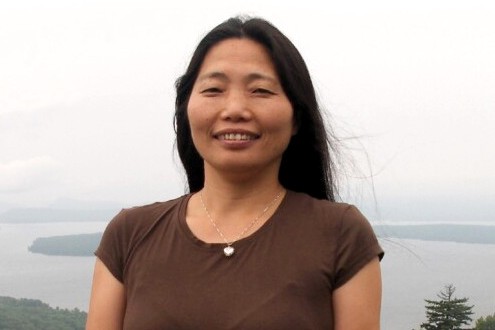Started in 2017 by Assistant Professor of Linguistics Karthik Durvasula and then-MSU undergraduate student Bethany Dickerson, the Bias in Linguistics project has grown into a multi-university research effort intent on raising awareness of the various forms of bias that affect professional advancement at academic institutions.
In five years, the Bias in Linguistics project has grown into a multi-university research effort intent on raising awareness of the various forms of bias that affect professional advancement at academic institutions.
In 2017, Karthik Durvasula, Assistant Professor in MSU’s Department of Linguistics, Languages, and Cultures, saw a conversation on social media about a linguistics conference where there were only male plenary speakers.
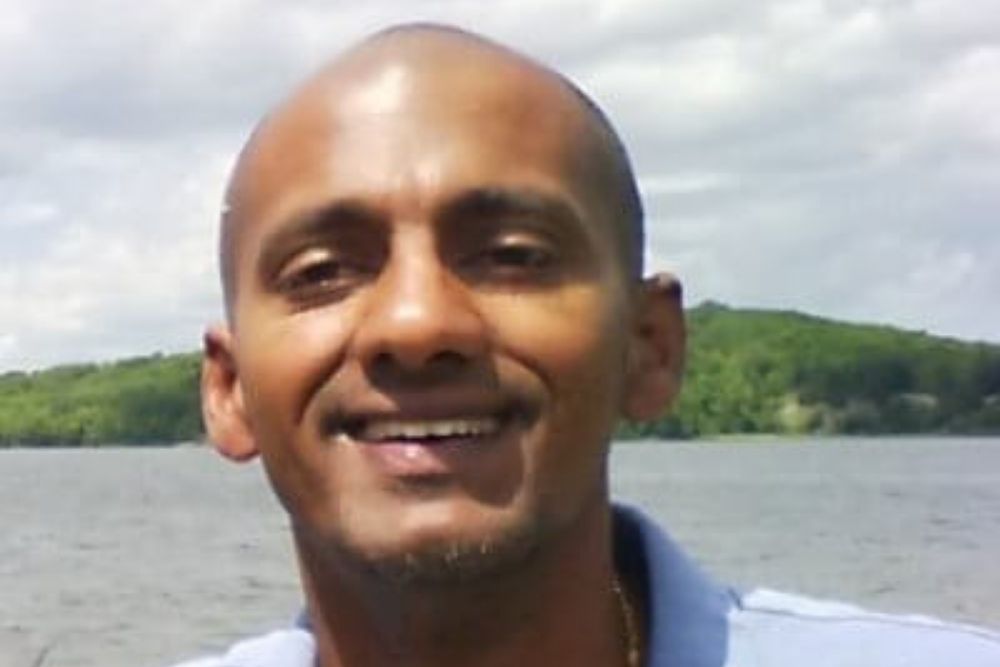
“Many of us thought that conference organizers should try to promote and invite more female speakers,” Durvasula said. “But in talking later with my students, we were worried there was no follow-up effort to provide evidence that such bias existed. Could the distribution of conference invitees be accounted for by random chance?”
The topic also came up as a point of discussion between Durvasula and Bethany Dickerson, who, at the time, was working on her B.A. in Linguistics and had taken several classes with Durvasula. Dickerson was interested in issues of bias and representation in academia.
Our approach has been to inform people of observed inequities, and then let them discuss and implement different strategies to create change. Hopefully, some of those strategies will stick and things will improve.
Dr. Karthik Durvasula
During that initial discussion, it was realized that before proposing solutions and strategies, the facts needed to be understood, so Durvasula and Dickerson collected and analyzed data to help determine where biases were originating. They set out to build a database to examine gender proportions at various stages of the academic career —from undergraduate through faculty. In five years, the Bias in Linguistics project has grown into a multi-university research effort intent on raising awareness of the various forms of bias that affect professional advancement at academic institutions.
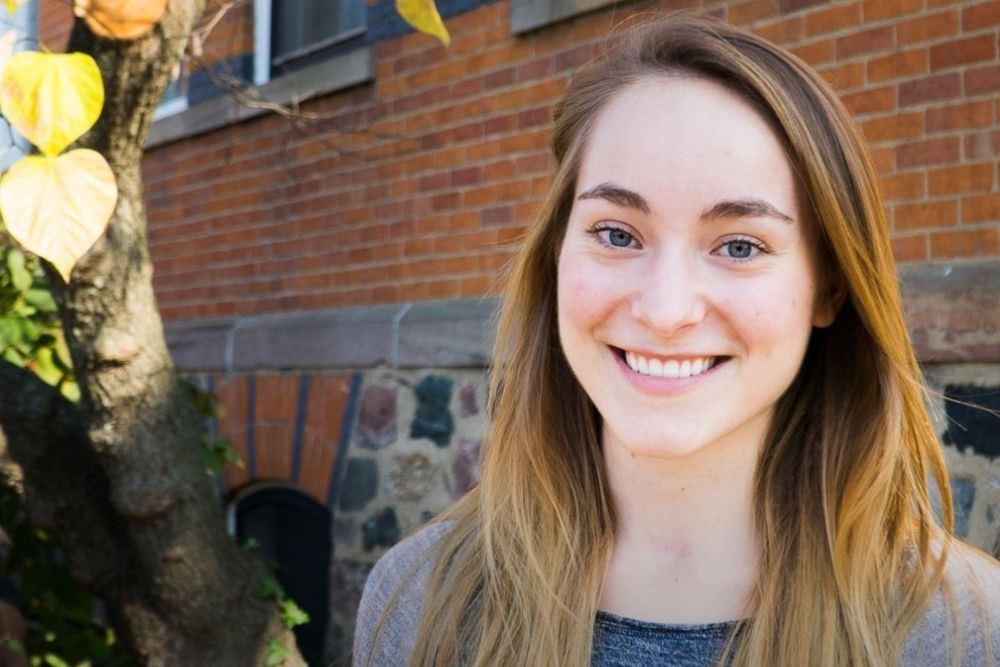
“I think it’s vitally important to have data to back up any claims,” said Dickerson, who earned her B.A. in Linguistics from MSU in 2017 and went on to receive a master’s in Linguistics from the University of Massachusetts Amherst in 2021. “That’s especially important when you’re trying to change things. It’s important to get an idea of the situation first and to figure out what is actually happening. Everyone sort-of knew that things weren’t perfect, and I was excited about being able to quantify that in some way.”
Everyone sort-of knew that things weren’t perfect, and I was excited about being able to quantify that in some way.
Bethany Dickerson
Durvasula and Dickerson began by looking at invitations to about 50 linguistic conferences, many as far back as the 1940s. The two also examined different career levels from undergraduates to full professors at about 50 institutions.
One bit of data stuck out and told the story: at each successive stage of academic hierarchy, the proportion of women decreased. While more than 50 percent of graduate students were women, only about 35 percent of assistant professors were women.
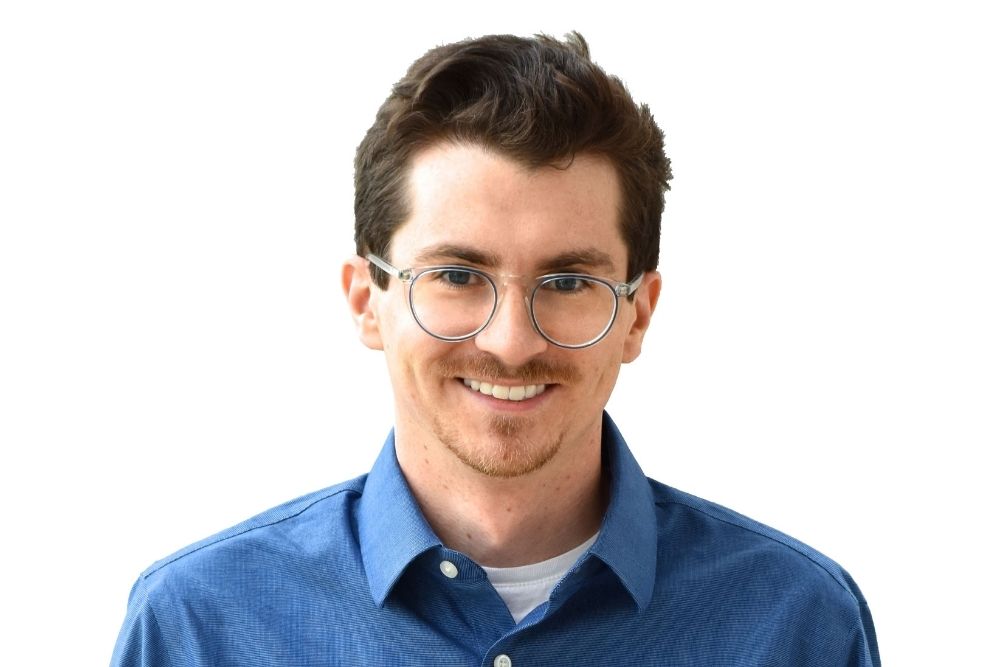
“There was a massive drop in female researchers between undergraduate and graduate degrees, and from grad degrees to tenure-track assistant professors,” Durvasula said. “It made us realize we need to better target undergraduate advising to make a big difference in addressing gender bias issues.”
Adam Liter was another MSU student involved in the project. While working on his master’s degree in Linguistics in 2016, he had joined the project about a year after its inception. He’s now a Ph.D. candidate in Linguistics at the University of Maryland.
I was surprised at data that showed just how long it has been since there have been more women than men who graduate with a bachelor’s in Linguistics in the United States — since before I was born.
Adam Liter
“I was surprised at data that showed just how long it has been since there have been more women than men who graduate with a bachelor’s in Linguistics in the United States — since before I was born,” Liter said. “But still, there seems to be gender bias manifesting in so many ways over the two decades that women have been the majority getting bachelor’s in the field.”
The team gradually involved an increasing number of students from multiple universities, including those from New York University, the University of Maryland, and the University of Massachusetts Amherst. The study also is being expanded into other areas of potential bias in academia, particularly in the area of publication rates in different sub-fields.
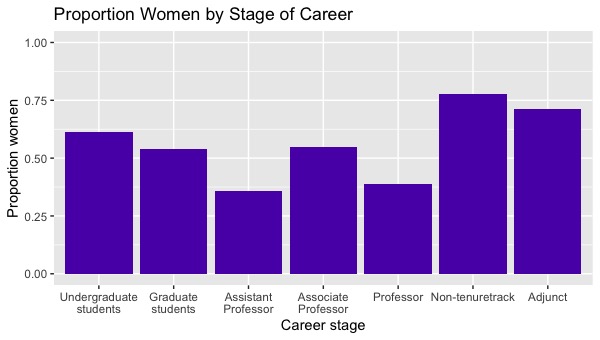
“Our approach has been to inform people of observed inequities, and then let them discuss and implement different strategies to create change,” Durvasula said. “Hopefully, some of those strategies will stick and things will improve. As the saying goes: ‘Let a thousand flowers bloom.’”
The project’s initial findings were presented at MSU’s Undergraduate Research and Arts Form 2017 and at the Michigan State Undergraduate Linguistics Conference 2017. Findings to date are posted for public use on the Bias in Linguistics website, with plans to compile and publish an article.
Written by Ann Kammerer
